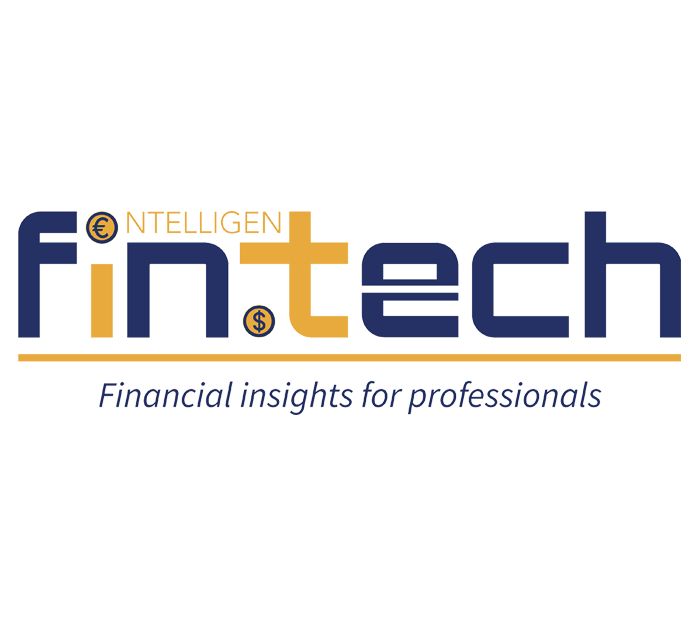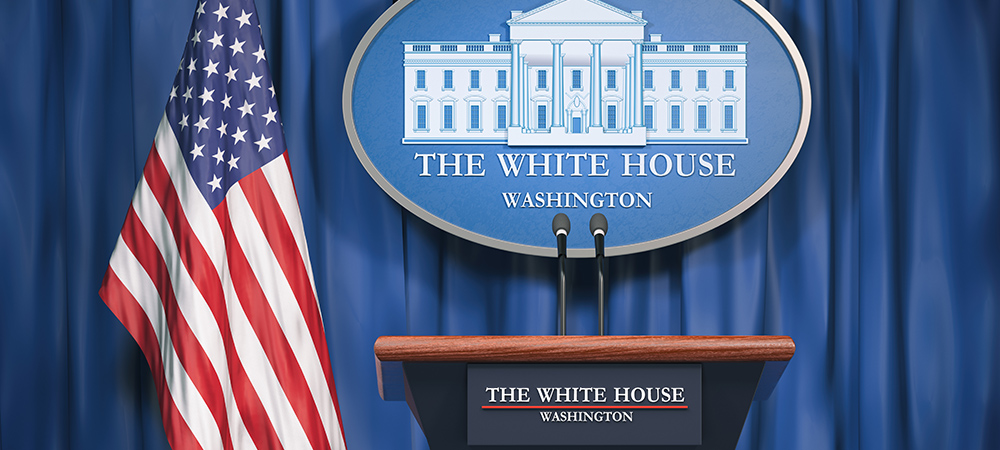Trump’s sweeping new tariffs are already hitting global supply chains, FX markets and business margins hard. I spoke to three experts about the technologies helping companies navigate chaos, hedge risk and stay agile in an increasingly volatile trade landscape.
Lissele Pratt, (Forbes 30 Under 30 honouree) and the Co-founder of Capitalixe

Trump’s tariffs aren’t just about trade. They’re about tension. They send shockwaves through global supply chains, rattle FX markets and leave international businesses scrambling to adapt.
We’re not talking about subtle policy shifts here. We’re talking 104% tariffs on Chinese EVs, new levies on steel, semiconductors, solar panels, etc. One moment you’re forecasting growth and the next, your supplier hits you with a 25% price hike.
Since the April 2025 tariff announcement, supply chains have seen disrupted demand forecasting and inventory planning, forcing companies to pause or cancel orders, and in some cases, literally beg vendors to hold the line. Nearly 9 in 10 supply chain professionals say cancellations are the most widespread reaction and over 60% are preparing to raise prices.
At the same time, the US dollar has taken a hit, dropping 8% this year, falling to a three-year low, and losing ground to the euro, yen and Swiss franc. Markets don’t like uncertainty, and these tariffs represent the most significant shift in US trade policy in at least a century. That kind of disruption is bound to shake confidence.
When tariffs land, the pressure is instant. On margins, on trust, on liquidity. I work with FinTechs and high-risk industries every day, the types of companies that don’t have the luxury of playing it safe. I’ve seen first-hand what happens when policy changes overnight. The businesses that survive aren’t the ones who sit still but the ones who adapt fast and use technology to stay ahead of the chaos.
Blockchain is an example of a FinTech solution that can be adopted here. Not the hype-y, NFT-lambo version. I mean real-world Blockchain. Transparent, tamper-proof records that build trust. Smart contracts that say, if these terms are met, the money moves. When a shipment gets held at customs because the rules changed mid-transit, these systems can make the difference between being fined or clearing the goods altogether. Some ports are already using platforms to trace goods in real-time and McKinsey says pairing Blockchain with AI in customs processes could cut costs by over 30%.
Then there’s stablecoins that are powering instant cross-border payments. Traditional banks are not built for geopolitical whiplash. But FinTech alternatives are. They’re making it happen. One client I worked with, a remittance company, cut their transfer fees just by switching to stablecoins.
Now, I’m not saying tech is a silver bullet. I’m saying it’s a shield. Build systems that don’t crack every time someone tweets about trade wars. Tariffs are just one layer. The bigger issue is fragility. And the solution is resilience, through transparency, speed, and control over your money. Smart businesses aren’t waiting to see what Trump (or anyone else) does next. They’re hedging. They’re automating. They’re building optionality into every part of their operation. Because if we’ve learned anything from the last five years, it’s being proactive beats being reactive, every single time.

Cathie Wood, CEO and CIO at ARK Invest
While many observers fear that the Trump tariff policy is a recipe for economic and geopolitical disaster, we believe that what looked at first glance like the largest and most regressive tax increase in US history could turn out to be quite the opposite.
Now that President Trump has asked Treasury Secretary Bessent to take the lead from Peter Navarro and Howard Lutnick in negotiating with US allies, what once seemed like a chaotic situation based on incomprehensible ‘reciprocity’ calculations could have been a setup—premeditated or otherwise—for serious negotiations that will lead to lower tariffs and non-tariff barriers, neither of which would have been possible without the shock therapy that President Trump administered.
Still influential in the Trump Administration, Elon Musk has been a strong advocate for this solution to the tariff and non-tariff trade barriers that have evolved over the last 50 years.
During the past week of extreme volatility in the stock and bond markets, our working assumption was that President Trump has been aiming for robust economic growth and a strong stock market during the second half of this year, ahead of the midterm elections next year. How many times this week has he mentioned that the economy and stock market are going to boom.
Even before the tariff controversy, we had been expecting strong growth to begin sometime in the second half, because we do believe that the last leg of a three-year rolling recession will result in negative GDP growth for the first and second quarters.
During the past three years, as one cohort of the economy after another capitulated to the interest rate shock that started in 2022, high-end consumers and the government propped GDP up. Now, both are giving way, with the government entering its first recession in 30 years. As a result, the Administration and the Federal Reserve will have more degrees of freedom to stimulate than most investors have been expecting.
Now that much of the economy has seized up in response to the fear of tariffs, the drop in activity is likely to be more severe than otherwise would have been the case, a clarion call for tax cuts, deregulation and lower interest rates.

Tony Tong, Co-founder & CTO at Intellectia AI
Tariff volatility creates ripple effects across procurement, pricing, logistics and compliance. Under such an atmosphere, the technologies that benefit most are not tariff avoidance technologies—they’re technologies about responding intelligently and ahead of them.
Supply chain intelligence platforms
Supply chains today are highly interdependent. AI-powered platforms to track supplier dependencies, cost scenario simulation, and tariff-sensitive input flagging are a necessity. These platforms enable firms to re-plot sourcing plans quickly or re-negotiate contracts before penalty imposition.
Automated trade compliance software
Maintaining tariff schedules, HTS codes and shifting policy requirements is a constant challenge. Real-time regulatory feed-enabled cloud compliance systems eliminate the likelihood of human errors, expedite filings and decrease the exposure to the law.
Predictive pricing and margin management tools
AI-based financial modelling can mimic the downstream impact of tariff-induced cost hike so that pricing teams can maintain healthy margins without turning uncompetitive. These models have incorporated demand elasticity and market behaviour to avoid overcorrection.
Cross-border ERP improvements
Companies must extend their ERP systems to better track landed costs, currency exchange and taxes across borders. This will enable effective cost accounting and help CFOs know when to bear tariffs or charge them to customers.
Scenario Planning by LLM-Guided Advisors
Large language models (LLMs) can be trained these days on trade data, in-house contracts, and market predictions. This allows executive teams to execute detailed ‘what-if’ simulations and produce human-readable decision summaries from intricate data.
Final take
Tariff management is not a behind-the-scenes cost-cutting issue anymore—it’s an issue of agility, foresight and the integrity of the data. The companies most capable of responding will be those that view tariffs as a matter of real-time data and decision, and not as a procurement line item in the budget.




